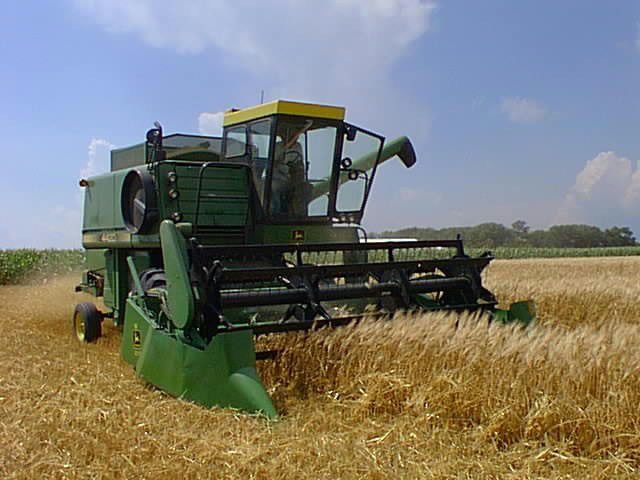Feeding everyone with a minimum of carbon emissions
Ars Technica » Scientific Method 2014-08-11
Agriculture has an enormous footprint—by some estimates, it accounts for over 90 percent of humanity's water use. One of the other areas where it's felt is in carbon emissions. Converting land to agriculture disrupts the existing soil ecosystem, releasing carbon stored there into the atmosphere; a large fraction of humanity's collective carbon emissions fall under the category of "land use change."
In the developed world, the intensification of agriculture has actually allowed some formerly farmed areas to revert to something akin to their original state. But it's unclear whether there are limits to that intensification that will eventually force us to bring more agricultural land into use. Even if we don't run into limits, population growth means that it will have to scale quickly, as global food demand is expected to increase by at least 70 percent by the middle of the century.
A new paper in this week's PNAS examines whether there are ways to add significant new agricultural land without causing a huge boost in carbon emissions. It finds that it's possible to greatly expand farmed land while avoiding billions of metric tons of carbon emissions, but doing so would require a level of international cooperation that would be unprecedented.
Read 8 remaining paragraphs | Comments
